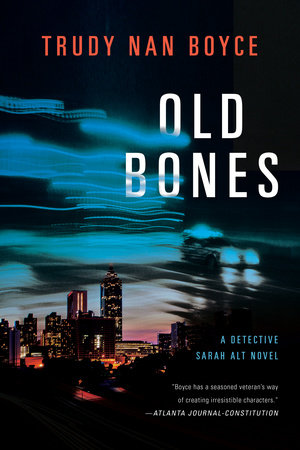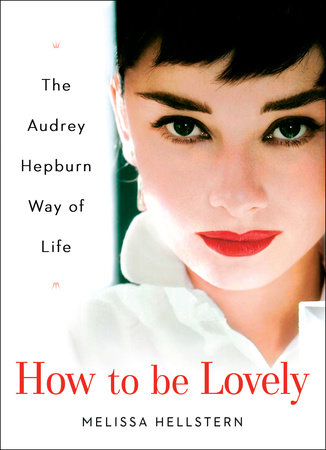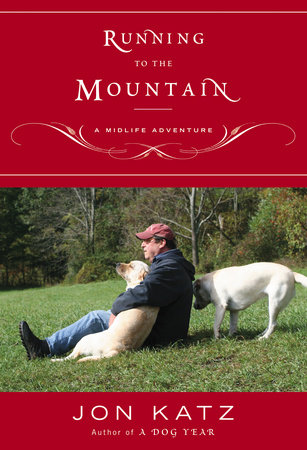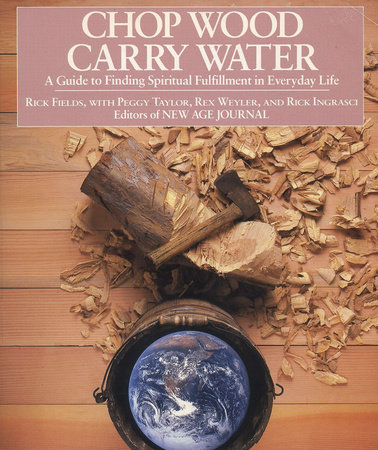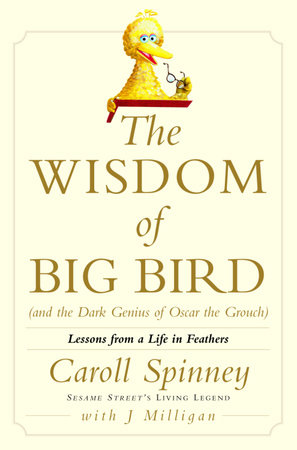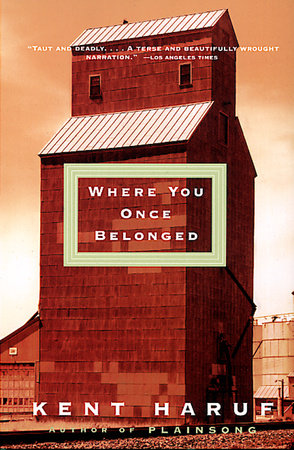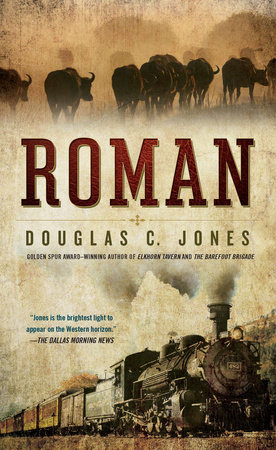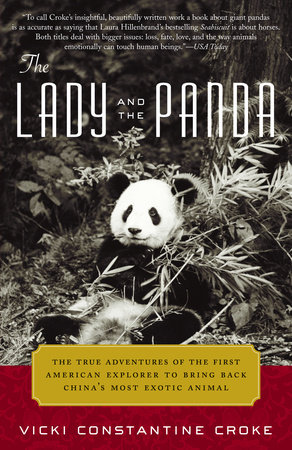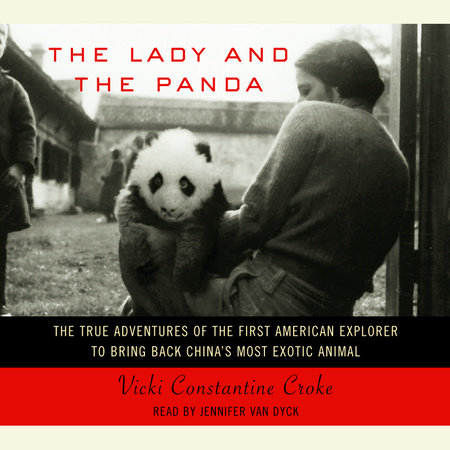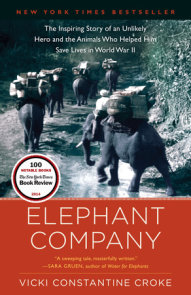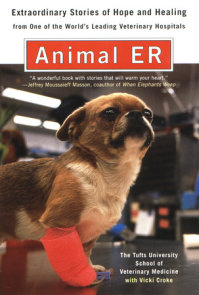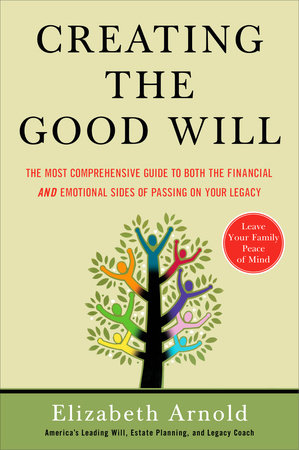Author Q&A
A Talk with Vicki Constantine Croke
What is it about Ruth Harkness that spurred your passions as an animal lover, a journalist, and an author?
In the early ’90s, it took just a few sentences from an old Brookfield Zoo [outside of Chicago] publication to hook me on the Ruth Harkness story. During America’s great Depression, a dress designer leads an arduous expedition to the wild border of China and Tibet where she wins the race to capture one of the most mysterious animals in the world? It sounded like a plot from Hollywood’s golden era.
With just a little research, it became clear that along with sex appeal and adventure, her story had depth and honor and — something very important to me — great compassion for the animals involved. This was a long forgotten tale of an unlikely explorer who beat all the odds with grace and good humor. A woman who held none of the reflexive bigotry of her time. A panda hunter who would never harm another creature. I wanted to know every detail.
The story of Ruth Harkness and the panda Su-Lin were world famous in the 1930s. Why do you think the story is lesser known today?
Aside from breakthroughs in aviation, and in the exploration of some areas such as the poles, I think many heroic stories of exploration have been lost in the wake of World War II. Most of us, even those of us who cover the animal world, would be hard-pressed to remember the name of any adventurer who was the first to introduce certain animals to the West. In large part, many scientific fields became much more scholarly–and much less swash-buckling–after the Second World War.
Nevertheless, over the last couple of years we seem to be rediscovering some of the real-life Indiana Jones heroes–the people whose lives are larger than life–like fossil hunter Roy Chapman Andrews or now panda hunter Ruth Harkness.
How did this socialite dressmaker from New York succeed in capturing a panda when every male explorer/hunter had failed before her?
In some ways it’s the classic joke about men refusing to ask for directions. So many of the big, rich adventuring men of Harkness’ time would barrel into a country, pore over maps, determine their route, and then hire locals to carry their bags. Harkness did something revolutionary–she asked for guidance and worked with a Chinese explorer, listening carefully to his advice.
But it does seem her success was a “perfect storm” of many elements, not least of which was that, through some intuition, Harkness thought to bring a baby bottle with her in case a young panda was found. Certainly the maternal care that she lavished on the baby panda kept him alive. Su-Lin was not a specimen to her, but a precious, living infant. Even at the time, many observers felt that Harkness had succeeded not despite being a woman but because of it.
In bringing the panda to the western world, Harkness unwittingly created an even greater appetite for this mystical animal. Was she aware that her triumph in many ways caused problems for the panda?
Harkness was heartbroken when she realized what her captures had unleashed–an unscrupulous scramble to trap as many of the reclusive animals as possible. The great peaceful valleys she had explored became killing fields in the desperate race to bring more and more of these wildly popular animals back to the West. Her mission from the start was to help and understand the panda. She thought that if mated pairs were brought back to the States, the panda’s future would be assured.
When she saw that the opposite was happening, she made a tremendous sacrifice that would seal her fate forever–she returned a captured panda to the wild. Harkness killed her own exploring career to save a panda. She couldn’t stop others from hunting–the war would block much of that activity–but she could make a stand herself for what was right.
What is it about the panda that captures our imaginations as much today as it did then?
The giant panda has an enduring, timeless appeal, but one that is complex. Physically, they are stunning — they grab our attention with those flashy black and white coats–and then they manage to hold on to our interest with an arsenal of beautiful features. Their slightly flat faces, the black patches that make their eyes seem so large, the tiny ears, the way they sit up and feed with what look like little mittened hands. All of that actually triggers a biological response from us humans normally reserved for babies. That’s a long way of saying that between humans and pandas it’s always love at first sight.
Pandas are also mysterious and rare. And after so much scientific inquiry, much about the panda remains unknown. We always cheer the underdog, and in the world of animals, the panda is a supreme underdog. They are huge, solitary creatures who want to be left alone in a habitat that is hemmed in by a growing human population. They are carnivores who battle their own biology by eating a largely vegetarian diet. It looked to one zoologist in the 1930s as though pandas simply had “little interest in evolution.” Pandas seem so impractical, in what they eat, in the way they mate, and even in their flashy coloring.
And yet whatever they’ve done has worked. They have roamed this planet far longer than man–they have survived over millions of years even when other, seemingly more fit species have not. To Ruth Harkness, there was an appealing integrity in the panda’s existence: “They had lived through a world with such changes as we have never seen, and they had remained themselves.”
You did an incredible amount of research in writing THE LADY AND THE PANDA. How did you find so many original letters, photographs, audio recordings, etc. that helped bring the story to life?
Women’s history and biography is notoriously difficult. And digging up Ruth Harkness’s story sent me to archives at Harvard, Cornell, Tulane, the Field and the American museums of natural history, the Shanghai municipal library, the Library of Congress, the Brookfield Zoo, and more. Often for just small snippets that could be pieced together, or that served as clues, leading me elsewhere in my sleuthing.
Sometimes, of course, there would be spectacular surprises. An account of Ruth in the Chinese frontier by a British noblewoman who saw her there, for instance, or the diary entry of a friend who revealed the depths of Ruth’s agony in later life. But, in fact, the very best piece of historical material — the kind every biographer dreams of–found its way to me. It was a cache of hundreds of letters Ruth wrote over three expeditions and beyond, many of them banged out on her portable typewriter, and composed under the guttering light given off by an oil lamp in the field. The letters had been held by the family of Hazel Perkins, or “Perkie,” Ruth’s best friend. Bruce Perkins (Perkie’s son), his wife Alice, and their daughter Robin Perkins Ugurlu read an article I had written about Ruth for the Washington Post Magazine and they contacted me.
It was a breakthrough beyond my imagination and I am deeply, deeply grateful to this wonderful family for keeping this remarkable collection safe and intact, and for sharing it with me. Those letters provided many of the hows, wheres, and whens of the story, but more important — the whys. These letters were intimate conversations with her closest friend and meant also to record every detail of her journeys for her own future writing.
Harkness loved China and the time she spent there. How did the Second World War and the Cultural Revolution affect the China she knew and loved?
Cut off by the war, from the country she so loved, Ruth Harkness would never again feel as fully alive and purposeful as she had during her three campaigns there. She had always imagined herself resettled in the East, but that dream remained impossible. And away from China, Ruth Harkness couldn’t truly be herself. There is much about the aftermath of the war that would have appalled Harkness, but it’s safe to say she would have been happy about the end of Western dominance in the cities!
Harkness died at age 46 of alcohol poisoning in a Pittsburgh hotel, a tragic ending for a woman who did such great things. What do you think it is about fame in America that can be so cruel?
Years later, in examining the life of Ruth Harkness, we can see that her greatest and most moving accomplishments were not the ones celebrated in headlines. Capturing a panda when no one else had been able to was a remarkable feat, but even more astonishing, I think, is how transformed Harkness was by that great country, and how willing she was to make personal sacrifices for the things she believed in. Harkness was always gimlet-eyed on the subject of fame. She complained that celebrity brought her “nothing but trouble.” And of “publicity,” she once shrugged, “if people only realized what a very empty thing that is.”
You went to China in 2002 and retraced some of Ruth Harkness’ steps. What did you learn by traversing the same path she had taken more than half a century ago?
I realized early on that I wouldn’t “know” Ruth Harkness until I knew China. Not just from reading books and histories and interviewing scholars. I had to immerse myself in the landscape, the wildlife, and the people. Those are the things that changed Harkness forever. And sure enough, sailing up the wide, coffee-colored Yangtze, gazing up at the great cliffs of the three gorges, hiking through bamboo thickets, seeing and even touching giant pandas, and most of all, meeting the people — particularly those on the Chinese-Tibetan border–I began to unlock her feelings. Ruth’s niece (Mary Lobisco), Hazel Perkins’s granddaughter (Robin Perkins Ugurlu), and Su-Lin Young’s daughter (Jolly Young), were all part of that trip to China. For me, that provided a stunning, lyrical sense of being able to visit the past.



